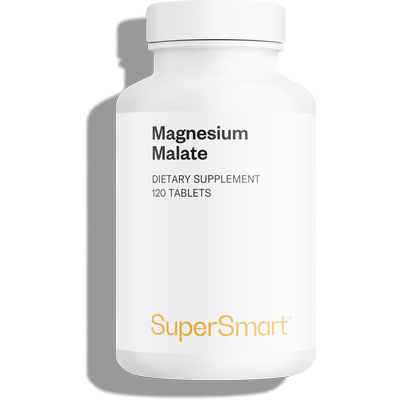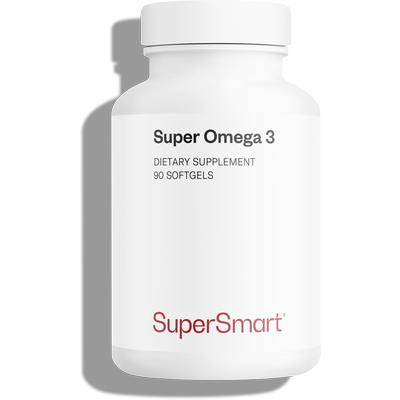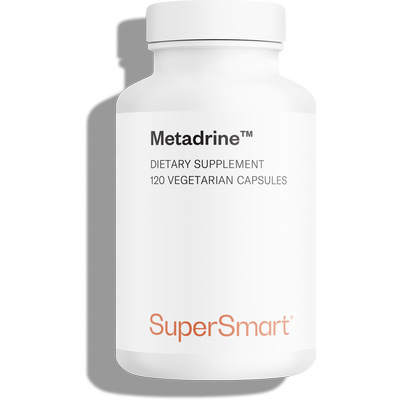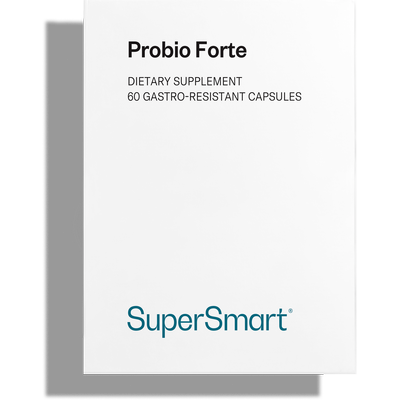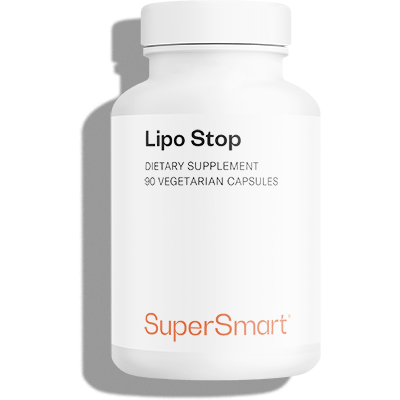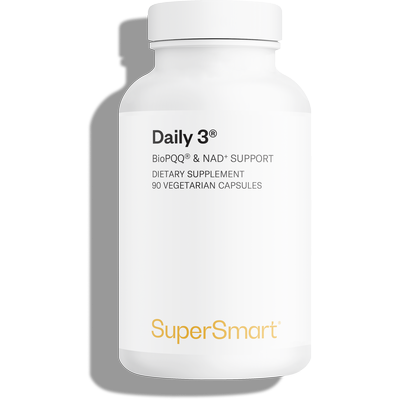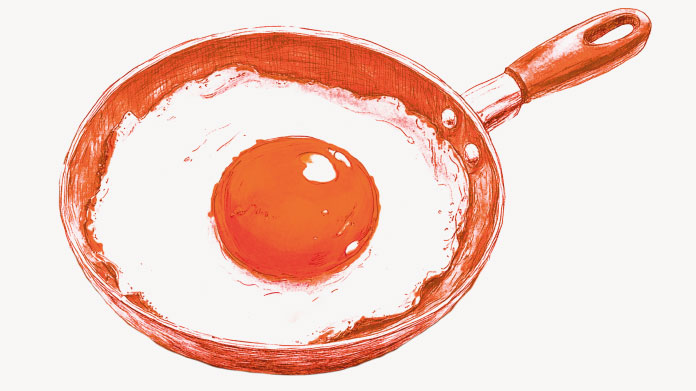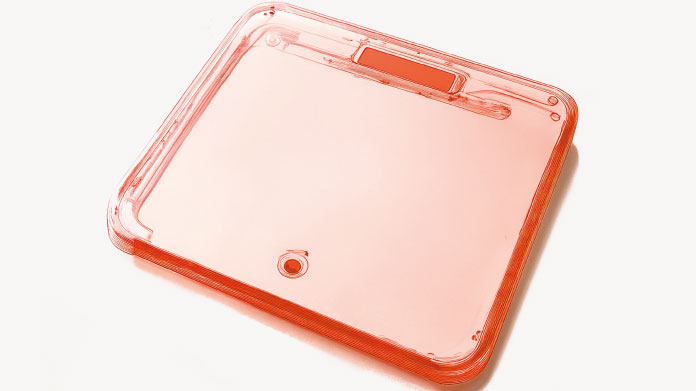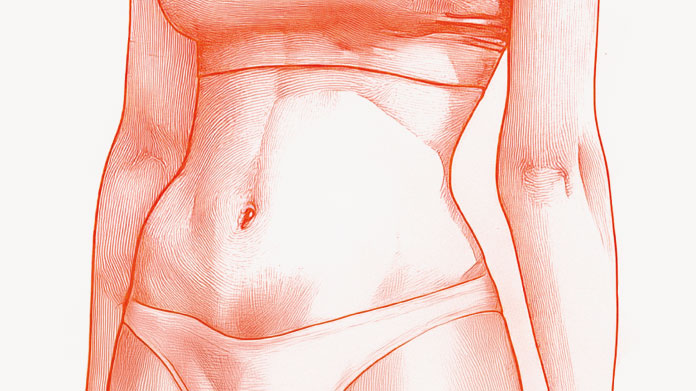
What is the Dukan diet?
The Dukan diet is a high-protein slimming programme developed by Dr Pierre Dukan, a nutritionist.
It became particularly popular in the 2000s.
Its principle is based on an increase in protein consumption combined with a drastic reduction in carbohydrates during the initial stages. It includes prohibited foods, authorised foods and foods to be limited.
The aim is to achieve rapid weight loss by forcing the body to draw on its fat reserves.
The diet consists of four phases:
- the attack phase, which only allows the consumption of pure proteins
- the cruising phase, which also allows you to eat a few low-carbohydrate vegetables
- the consolidation phase, which gradually reintroduces certain foods
- the stabilisation phase, which aims to maintain the weight achieved over the long term
The different phases of the diet
The attack phase: restrictive eating for rapid results
The first phase is known as the attack phase.
Short but intensive, it offers rapid weight loss from the very first days, which motivates you to continue in the long term.
During this phase, the diet consists exclusively of lean animal proteins, which can be eaten as much as you like (while still respecting your satiety signals):
- white meat (poultry, cooked ham, etc.)
- offal
- fish and seafood
- eggs
- 0% fat dairy products
Carbohydrates and fats are almost completely eliminated during this 2- to 7-day phase (depending on the weight loss goal).
The desired effect of eliminating these nutrients is a metabolic shock, which forces the body to draw on its own fat reserves for energy.
This is known as ketosis (which is why this diet is considered ketogenic).
However, one cereal product, central to the Dukan diet, is authorised during this phase and all the others: oat bran.
It helps to compensate for the lack of fibre associated with a high-protein diet without providing too many carbohydrates and by offering a satiating effect.
The cruising phase: a more flexible approach
After the shock phase, the cruise phase allows you to continue losing weight gently until you reach your target.
This phase lasts as long as it takes to reach the target.
If the recommendations are followed seriously, it is estimated that you will lose an average of 1 kilo a week.
It is based on alternating between:
- days of pure protein, similar to those in the attack phase
- days of protein + vegetables, which reintroduce vegetables as sources of fibre and minerals, but not fruit, which is too high in sugar
The vegetables permitted are mainly those that are low in carbohydrates: courgettes, spinach, leeks, green beans, etc.
During this phase, starchy foods (potatoes, pasta, rice, etc.), pulses (lentils, chickpeas, dried beans, etc.) and fruit remain off-limits.
The same applies to fats.
The consolidation phase: preventing weight regain
Once the desired weight has been reached, the consolidation phase helps you to avoid putting on weight again by gradually reintroducing certain banned foods:
- fruit (except bananas, grapes and cherries, which are too high in calories)
- cheese
- wholemeal bread (max. 2 slices a day)
- starchy foods (in limited quantities)
- fatty meats (only leg of lamb and pork fillet)
This phase also includes exceptional ‘celebration meals’ where the person can eat whatever they feel like (within reason, of course).
One day of pure protein per week remains compulsory during this period, which lasts 10 days per kilo lost.
The stabilisation phase: a lifelong commitment
To be maintained for life, the stabilisation phase is based on three simple rules:
- Eat only pure protein one day a week.
- Eat 3 tablespoons of oat bran a day.
- Take a 30-minute walk every day.
Apart from these principles, you are free to eat as you wish.
The aim is to maintain the weight achieved over the long term, by retaining some of the diet's habits without following a strict diet.
An effective but controversial diet
During this diet, weight loss is generally rapid, without the person suffering from hunger, because proteins offer a significant satiety effect (1).
Numerous testimonials report that motivation is boosted by rapidly visible results.
However, some health professionals warn of the risks of nutritional deficiencies (2).
During the initial phases, fibre, vitamins and minerals are severely limited.
This can lead to fatigue, digestive problems (constipation, bloating, etc.), headaches and difficulty concentrating.
What's more, the severe initial restrictions make for a monotonous diet that has a strong social impact, with limited opportunities for meals in restaurants or with friends, which can be a source of frustration (3).
The French National Health and Safety Agency (ANSES) has warned against unbalanced high-protein diets, recommending that people should not embark on them without medical supervision (4).
Before making any major changes to your eating habits, it is essential to proceed with caution. Other, more flexible diets can also help you manage your weight over the long term.
A few examples of typical Dukan Diet recipes
The famous oat bran cake
Emblematic of the Dukan Diet, the oat bran cake is recommended right from the start.
It can easily be incorporated into daily meals, for example, to replace bread or as a snack.
The basic recipe for the attack phase (for 1 person):
- 1.5 tablespoons oat bran
- 1 tablespoon 0% fromage frais
- 1 whole egg (or 1 egg white for a lighter version)
- optional: salt, pepper, herbs
Mix all the ingredients together and cook in a non-stick pan for 2–3 minutes on each side.
As you progress through the phases, you can reintroduce foods to vary your meals: vegetables, oatmeal, fruit and so on.
Attack phase recipes
Here, the authorised foods are limited:
- Breakfast: oat bran cake + 0% yoghurt
- Lunch: chicken escalope marinated in spices (cumin, paprika, garlic, lemon)
- Snack: tuna pate with 0% fromage frais
- Dinner: boiled eggs or omelette with fresh herbs
- Dessert/snack: 0% fromage frais mousse + vanilla flavouring (authorised sweetener).
Cruise phase recipes
From this phase onwards, certain vegetables are allowed again. You can keep the breakfast, snacks and desserts from the attack phase and replace lunch and dinner with one of the following dishes:
- pan-fried courgettes and turkey with herbs
- cold cucumber soup with 0% yoghurt and mint
- oven-baked cod with leek fondue
- lean beef bolognaise with courgette tagliatelle
- savoury egg, tuna and spinach flan (without pastry)
Recipes in the consolidation phase
New foods are being reintroduced. Depending on your tastes, you can eat one or other of these dishes at different meals:
- chicken curry and brown rice
- wholemeal pancake (oat bran + vegetables + ham + egg)
- fromage frais with pieces of red fruit (1 piece of fruit/day allowed)
- crustless pie with vegetables and low-fat cheese
And for ‘celebration meals’:
- low-fat home-made lasagne
- filet mignon with mustard sauce
- sugar-free chocolate mousse.
Recipes for the stabilisation phase
During this phase, you can return to a ‘normal’ diet, while taking care not to overdo things unnecessarily.
Always bear in mind that you should eat one day of pure protein per week.
What food supplements are needed to accompany this diet?
A restrictive diet can expose the body to nutritional deficiencies or temporary fatigue.
Using food supplements can help to provide nutrients that are missing from the diet.
To avoid vitamin and mineral deficiencies as a result of not eating fruit and vegetables, a multivitamin complex can help cover current nutritional needs:
- Discover the Daily 3 food supplement, the most complete multivitamin formula on the market.
Omega-3 essential fatty acids (EPA/DHA), which are absent from the fat-free phases of the Dukan diet, contribute to healthy cardiovascular function:
- Discover the Super Omega 3 food supplement containing EPA and DHA in a pure, stable form.
Useful for reducing fatigue and contributing to the normal functioning of the nervous system, magnesium can be worth supplementing:
- Discover the food supplement Magnesium Malate, a form of magnesium with excellent solubility and bioavailability.
A low-fibre diet can unbalance the intestinal flora. It can therefore be useful to consume probiotics naturally found in the microbiota:
- Discover the Probio Forte food supplement, a powerful combination of 5 strains of probiotics.
At the same time, you can also consume food supplements dedicated to slimming to support your weight loss:
- Discover the Metadrine™ food supplement made with Chilean red pepper or green tea, or the Lipo Stop formula, a Slendacor® supplement patented and supported by clinical studies.
SUPERSMART ADVICE
References
- Paddon-Jones D, Westman E, Mattes RD, Wolfe RR, Astrup A, Westerterp-Plantenga M. Protein, weight management, and satiety. Am J Clin Nutr. 2008 May;87(5):1558S-1561S. doi: 10.1093/ajcn/87.5.1558S. PMID: 18469287.
- Crosby L, Davis B, Joshi S, Jardine M, Paul J, Neola M, Barnard ND. Ketogenic Diets and Chronic Disease: Weighing the Benefits Against the Risks. Front Nutr. 2021 Jul 16;8:702802. doi: 10.3389/fnut.2021.702802. PMID: 34336911; PMCID: PMC8322232.
- McGaugh E, Barthel B. A Review of Ketogenic Diet and Lifestyle. Mo Med. 2022 Jan-Feb;119(1):84-88. PMID: 36033148; PMCID: PMC9312449.
- https://www.anses.fr/fr/system/files/NUT-Ft-ConsultationRegimes.pdf
14 Hours
Great product and it arrives quickly.
Great product and it arrives quickly.
SOMMARIVA Gianni
1 Days
Excellent products and fast service.
Excellent products and fast service. What do we need more?
Margarida
5 Days
The variety of products is amazing
The variety of products is amazing, the offers are good and the sending is very fast. I just miss having a bit more of guidance about combinations, possible interactions, etc.
Maria Angeles Verdu
7 Days
It was quick
It was quick.
Timo Antero
9 Days
Who is a good boy? You, you are! Yes, yes
:) :(:) :(:) :(:) :(
JORGE Catalan Gasco
12 Days
Excellent online site
Excellent online site, efficient and quick delivery. A great experience.
Chris
15 Days
I’m really happy with your products, but…
I’m really happy with your products. Indeed, I’ve been a customer of SuperSmart for a long time. However, I believe that lately you’ve made a significant mistake in choosing Poste Italiane for your deliveries. Poste Italiane is now over loaded and assigns the deliveries to small local companies that have grown like mushrooms because of this business. However, the service they provide is very poor. They let you know about the delivery date just the evening before, with no time to organize yourself, many times you receive a message saying that they tried to deliver but you were not home and in reality they haven’t come at all and, when they do come, you open the door of the building ( I live on the 3rd floor) and when you get downstairs they have already left, leaving the pack inside but right behind the glass door instead of at least putting it on top or under the letterbox. This is not just a one time event but it’s their way of proceeding. It would be worth hiring a professional currier. Thanks
Olga Gladys Del Signore
15 Days
Good products
Good products, fast service
Mrs I Heinrich
21 Days
Quality products and fast shipping.
Quality products and fast shipping.
JF
23 Days
Everything is great. Keep up
Your product and service is great that's why i ordered again.
KOSMATOS Stamatios
27 Days
everything as expected
the products work and the processes to support them also
Ruggero Benedetto
28 Days
Excellent products always up to date…
Excellent products always up to date with the latest developments.
Olga Gladys Del Signore
33 Days
Great service
Great service, exceptional delivery time.
Chris
35 Days
Excellent quality of Super Smart
I’ve used Super Smart products for a long time and since the very beginning I have been absolutely keen about their punctuality in delivering but, most of all, I appreciate the quality of their products and the constant updates following the results of proven research.
Olga Gladys Del Signore
37 Days
Slow post
You have a very good range of quality products, and service is usually good. However delivery was slow due to using the national postage company. Correos. Regards David
David Walsh

